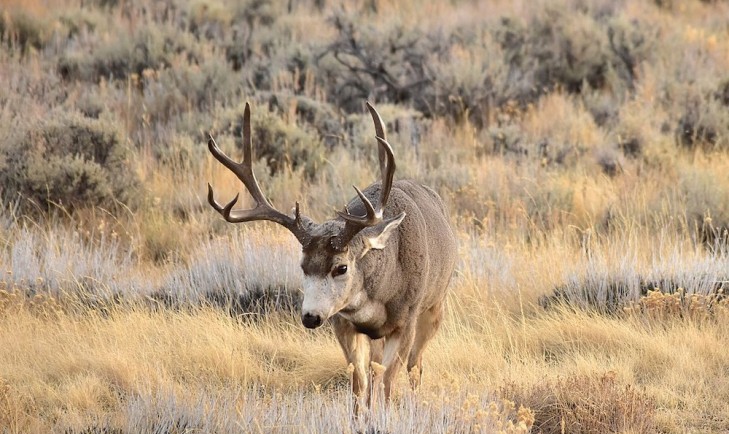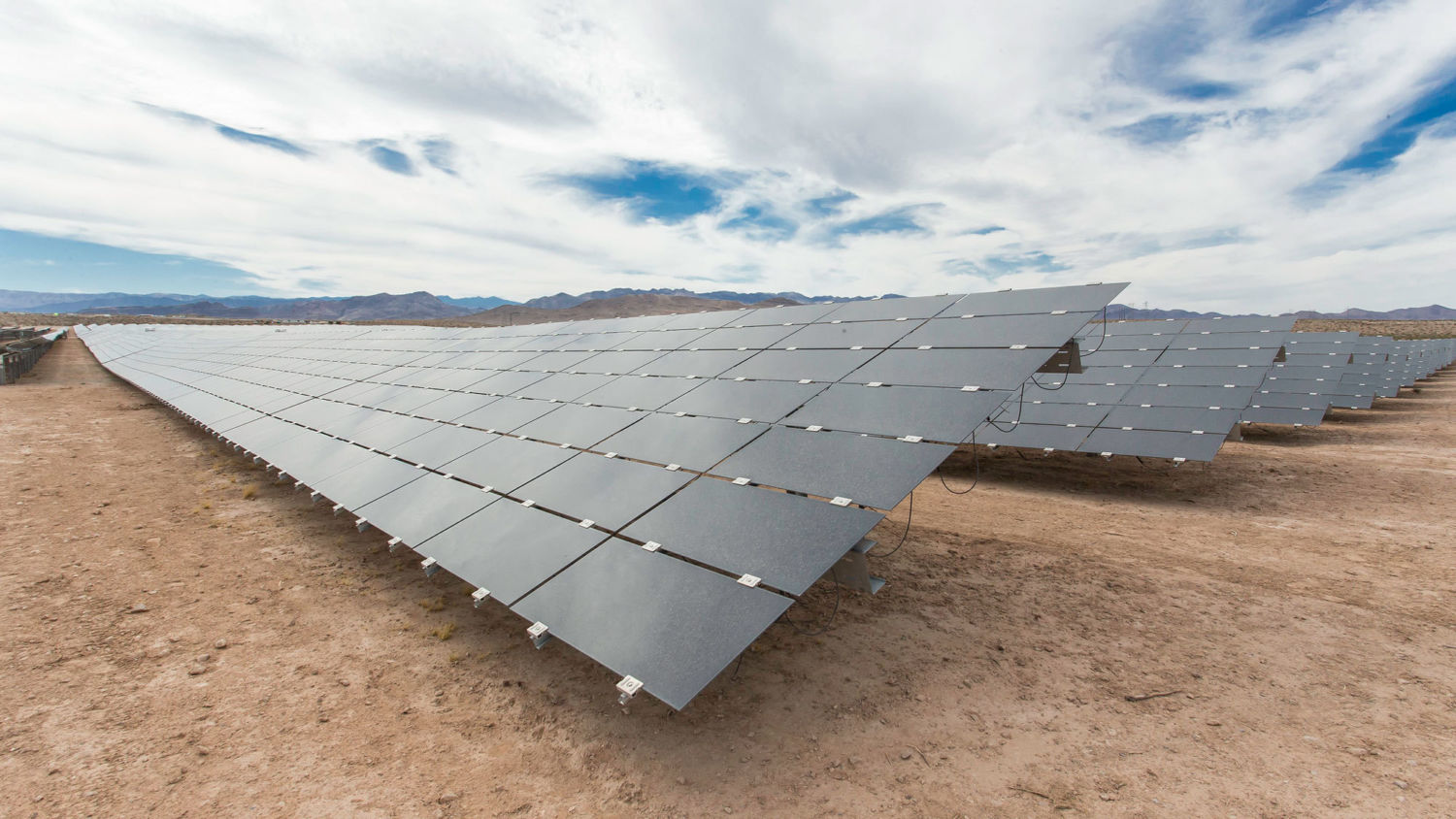
The Western Governors' Association keeps you updated on news of the West. Here are the top stories for the week starting Dec. 9, 2019. Photo courtesy of the U.S. Fish and Wildlife Service.
Chronic wasting disease (CWD), first identified in wild animals in 1981, affects deer, elk, reindeer and moose. According to the Centers for Disease Control and Prevention, CWD degenerates its host’s nervous system, causing symptoms such as dramatic weight loss, stumbling and listlessness. The disease is always fatal with no known cure or vaccine.
So far, CWD has been observed in wild animals throughout the United States, Canada, Norway and South Korea; however, Wyoming has been one of the areas hit hardest by the disease. As of September, CWD has been identified in 84% of the state’s mule deer herds and 25% of its elk herds, the Billings Gazette reports.
Montana also has been severely impacted by CWD, with 91 cases identified in the state this year, and more expected to crop up as results from hunting season roll in, Montana Public Radio reports. In addition to deer, wildlife officials have also discovered the disease in a moose and an elk, both of which are respective firsts in the state.
To combat the rapid spread of the illness, wildlife managers in Wyoming have proposed a series of containment measures, including increasing hunters’ harvests of targeted buck segments, reducing cervid density in worrisome areas, and potentially deploying state Game and Fish sharpshooters to cull doe populations, according to WyoFile. The Wyoming Game and Fish Department’s proposal will be open for public comment through Jan. 15, 2020.
Recently, the Western Governors’ Association addressed a letter to Congressional leadership, expressing support for expanded funding to state fish and wildlife agencies for research, testing, monitoring, prevention and management of CWD in wildlife populations. Read a copy of the outreach here.
Monitoring Snowpack: Predicting snowpack levels is crucial in determining how much water will be available in the arid West come spring and summer. Until recently, researchers have used monitoring stations called Snotel sites, a form of technology dating to the late ‘70s and early ‘80s, according to The Durango Herald. In the last decade, however, the method of Light Detection and Ranging (lidar) has begun to show promise as a replacement to its antiquated predecessor. Learn more about how it could be used to revolutionize snowpack measurement.
Unwelcome Visitors: A new research paper has revealed that more than 300 different invasive species have made inroads in the National Park Service system, only 11% of which are under control. KUNR reports that researchers suggest these animals can deprive native species of resources, affect recreation and cultural sites, and contribute to the spread of various diseases. In the West, invasive mussels are of particular concern, prompting Colorado Sen. Michael Bennet and Montana Sens. Steve Daines and Jon Tester to introduce legislation to stop their proliferation. Read more, and check out WGA’s relevant policy outreach.
Utah’s Fastest Growing County: Historically, Salt Lake County in Utah has been one of the fastest growing counties in the state. Over the past decade, however, a different region has climbed to the number one spot – Utah County. According to The Salt Lake Tribune, from 2010 to 2019, Salt Lake County’s population grew by only 12%, whereas Utah County grew by an astonishing 26%. Here’s why demographers think people are increasingly picking Utah County when settling in the Beehive State.
 Increasing Solar Capacity: “Nevada recently approved more than 1 gigawatt (GW) of new solar capacity and 590 megawatts (MW) of energy storage — more than 37 other U.S. states currently have combined,” Yale Environment 360 reports. The boost in capacity comes as a part of the Nevada Public Utilities Commission’s plan to double the amount of energy it produces through renewable means by 2023. The new solar arrays, to be built in Clark County, are slated to come online within the next four years. Learn more about how Nevada is increasing its investments in renewable energy.
Increasing Solar Capacity: “Nevada recently approved more than 1 gigawatt (GW) of new solar capacity and 590 megawatts (MW) of energy storage — more than 37 other U.S. states currently have combined,” Yale Environment 360 reports. The boost in capacity comes as a part of the Nevada Public Utilities Commission’s plan to double the amount of energy it produces through renewable means by 2023. The new solar arrays, to be built in Clark County, are slated to come online within the next four years. Learn more about how Nevada is increasing its investments in renewable energy.
Get the latest news about the West and its governors by following the Western Governors' Association on Twitter, Facebook and LinkedIn.